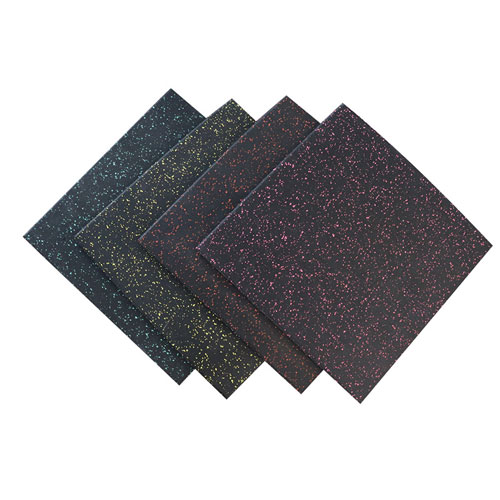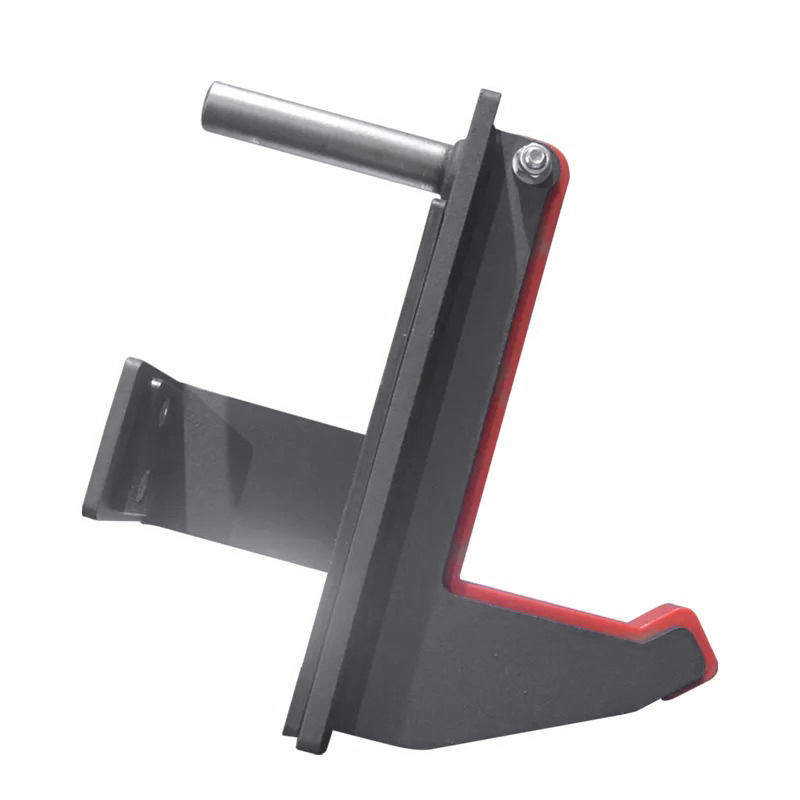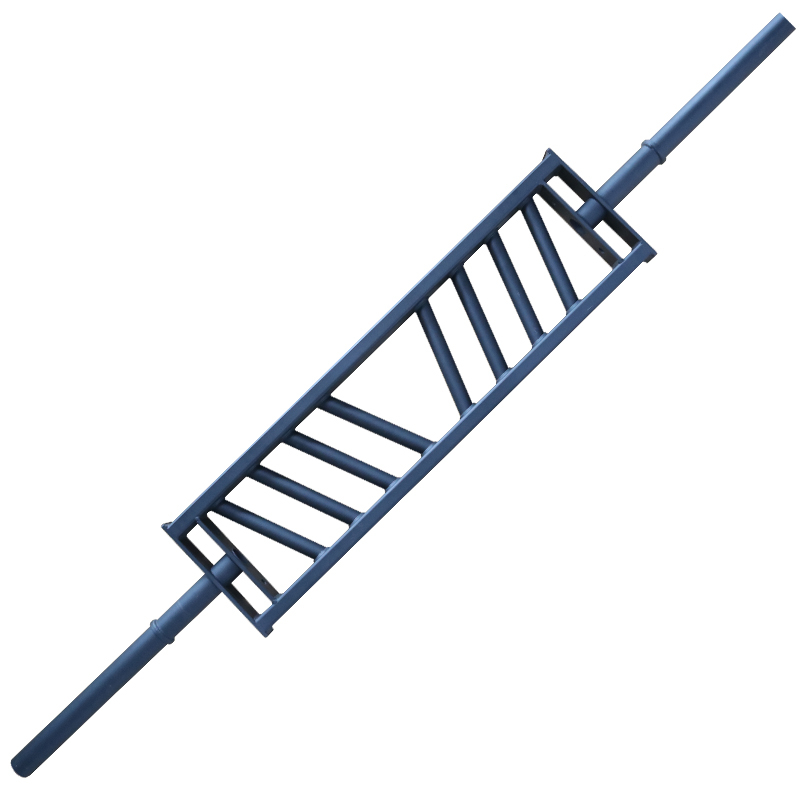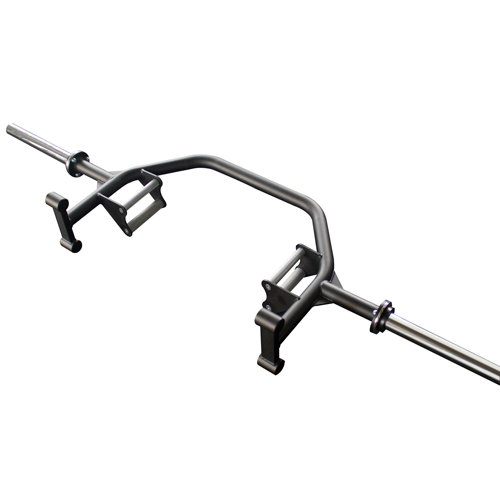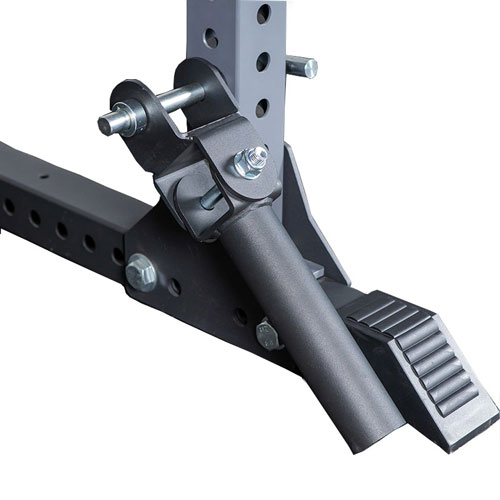Choosing Your Olympic Barbell : A Buyer's Guide
In the realm of weightlifting, the Olympic barbell stands as the cornerstone equipment. Whether you're a seasoned athlete or embarking on your fitness journey, selecting the right barbell is paramount for optimizing your training and safeguarding your well-being. This comprehensive guide will delve into the intricacies of Olympic barbells, empowering you to make an informed decision that aligns with your specific needs.
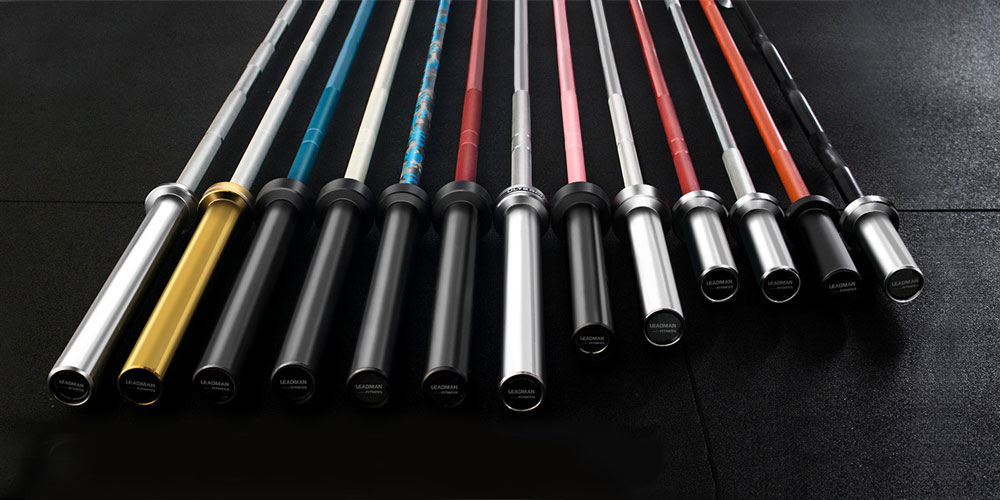
Importance of Choosing the Right Olympic Barbell
An Olympic barbell serves as an extension of your body, facilitating a multitude of exercises. From power cleans to squats, its quality and specifications directly influence your performance, safety, and overall training experience. Choosing the right barbell can:
- Enhance grip and stability during heavy lifts
- Prevent injuries resulting from inadequate knurling or diameter
- Optimize weight distribution and balance
- Accommodate your specific fitness goals and strength levels
Factors to Consider When Selecting a Barbell
Navigating the wide selection of Olympic barbells requires careful consideration of several key factors:
- Weight and Length: Determine the appropriate weight and length based on your fitness goals and strength levels.
- Knurling: Choose the type of knurling (aggressive, medium, smooth) that suits your hand size and grip strength.
- Diameter: Select a diameter that provides optimal comfort and stability for your grip.
- Material and Construction: Consider the materials used (steel, stainless steel, titanium) and manufacturing quality to ensure durability and longevity.
- Sleeve Length and Bearing System: Decide on the sleeve length and bearing system (needle bearings, bushings) that best meet your loading and lifting efficiency needs.
- Whip and Flexibility: Understand the importance of whip and flexibility for certain exercises and select a barbell that delivers the desired level.
- Accessories and Extras: Explore available attachments and accessories (collars, racks) for enhanced functionality and safety.
- Budget and Value: Establish a realistic budget and prioritize features and quality within your financial constraints.
Types of Olympic Barbells
Olympic barbells are categorized into three main types:
Men's Barbell
- Weight: 20 kilograms (44 pounds)
- Length: 2.2 meters (7 feet)
- Knurling: Predominantly aggressive for a secure grip
Women's Barbell
- Weight: 15 kilograms (33 pounds)
- Length: 2.01 meters (6.6 feet)
- Knurling: Medium or light for smaller hand sizes
Specialty Barbells
Beyond the standard men's and women's barbells, specialized barbells are designed for specific purposes:
- Powerlifting Barbell: Features a thicker diameter and more aggressive knurling for heavy powerlifting exercises.
- Weightlifting Barbell: Boasts a thinner diameter, less aggressive knurling, and greater whip for Olympic-style lifts like the snatch and clean and jerk.
- Multi-Grip Barbell: Equipped with multiple grip positions for versatile exercises targeting different muscle groups.
Barbell Weight and Length
Standard Weights and Lengths for Olympic Barbells
Olympic barbells adhere to standardized weights and lengths:
- Men's Barbell: 20 kilograms (44 pounds) and 2.2 meters (7 feet)
- Women's Barbell: 15 kilograms (33 pounds) and 2.01 meters (6.6 feet)
Considerations for Your Fitness Goals and Strength Levels
Selecting the appropriate barbell weight depends on your fitness goals and strength levels:
- Strength Training: Opt for a barbell that challenges you without compromising technique.
- Powerlifting: Choose a heavier barbell with more aggressive knurling to handle the immense loads.
- Weightlifting: Select a lighter barbell with less knurling for better grip and optimal whip.
- General Fitness: Start with a lighter barbell and gradually progress as your strength improves.
Impact of Length on Different Exercises
Barbell length can impact the mechanics of certain exercises:
- Long Barbell: Ideal for deadlifts and squats, providing a wider stance and better balance.
- Shorter Barbell: Suited for bench press and overhead press, reducing strain on the shoulders.
Knurling
Knurling, the textured surface on the barbell's shaft, plays a crucial role in grip and safety:
Different Types of Knurling
Knurling comes in three main types:
- Aggressive: Raised ridges for a secure grip during heavy lifts.
- Medium: Moderate ridges for general fitness and a balanced grip.
- Smooth: Minimal or no ridges, suitable for exercises that require quick grip adjustments.
Importance of Knurling for Grip and Safety
Proper knurling prevents the barbell from slipping during exercises, reducing the risk of injuries:
- Secure Grip: Aggressive knurling digs into the palms, providing a firm hold.
- Reduced Hand Fatigue: Medium knurling minimizes hand fatigue without compromising grip.
- Versatile Use: Smooth knurling allows for swift grip changes and is ideal for exercises like the snatch.
Choosing the Right Knurling for Your Hand Size and Grip Strength
Select knurling based on your hand size and grip strength:
- Larger Hands: Aggressive or medium knurling for a snug fit.
- Smaller Hands: Medium or smooth knurling for better comfort and grip.
- Weak Grip: Aggressive knurling for additional support.
- Strong Grip: Medium or smooth knurling for a balanced grip.
Diameter
The diameter of an Olympic barbell directly affects comfort and stability:
Standard Diameters for Olympic Barbells
Olympic barbells typically have a diameter of 28.5 millimeters (1.12 inches):
- Men's Barbell: 28.5 millimeters (1.12 inches)
- Women's Barbell: 25 millimeters (0.98 inches)
Impact of Diameter on Comfort and Stability
Diameter influences the feel and balance of the barbell:
- Larger Diameter: More stable and comfortable for heavy lifts.
- Smaller Diameter: Less stable but easier to grip for smaller hands.
Considerations for Athletes with Different Hand Sizes
Athletes with large hands may prefer a larger diameter barbell for better comfort, while those with smaller hands may find a smaller diameter barbell more manageable.
Material and Construction
The material and construction of an Olympic barbell determine its durability and longevity:
Materials Used in Olympic Barbells
Olympic barbells are primarily made from:
- Steel: The most common material, offering a balance of strength and cost.
- Stainless Steel: Corrosion-resistant and low-maintenance, but more expensive.
- Titanium: Lightweight and incredibly strong, but also the most expensive.
Manufacturing Process and Quality Control
High-quality barbells undergo rigorous manufacturing processes and quality control measures:
- Cold-rolled Steel: Cold-rolling strengthens the steel and improves durability.
- Heat Treatment: Heat treatment enhances the barbell's strength and resistance to bending.
- Precision Machining: Precise machining ensures uniform weight distribution and balance.
Impact of Material and Construction on Durability and Longevity
The material and construction impact the barbell's ability to withstand heavy loads and repeated use:
- Steel Barbells: Durable and long-lasting, withstanding heavy use.
- Stainless Steel Barbells: Rust-proof and low-maintenance, suitable for humid environments.
- Titanium Barbells: Exceptionally strong and lightweight, ideal for competitive weightlifting.
Sleeve Length and Bearing System
Sleeve Length and Its Impact on Loading and Unloading Weights
Sleeve length affects the ease of loading and unloading weights:
- Long Sleeves: Provide ample space for loading multiple plates.
- Short Sleeves: More compact, but may limit the number of plates that can be loaded.
Types of Bearing Systems
Bearing systems enable the sleeves to rotate smoothly under heavy loads:
- Needle Bearings: Precision bearings that offer the smoothest rotation and highest load capacity.
- Bushings: Self-lubricating bearings that provide adequate rotation, but may wear out over time.
Considerations for Smooth Rotation and Weightlifting Efficiency
Choosing the appropriate bearing system is crucial for efficient weightlifting:
- Heavy Lifting: Needle bearings provide the best rotation for heavy loads and Olympic-style lifts.
- General Use: Bushings are suitable for light to moderate loads.
Whip and Flexibility
Importance of Whip and Flexibility for Certain Weightlifting Exercises
Whip, the slight bend in the barbell under load, is essential for certain weightlifting exercises:
- Snatch and Clean and Jerk: Whip allows for a smooth transition from the initial pull to the overhead position.
- Deadlifts: Whip helps propel the weight off the ground during the initial pull.
Factors Affecting Whip and Flexibility
The following factors influence the whip and flexibility of a barbell:
- Steel Type: High-tensile steel provides more whip.
- Bar Diameter: A thinner diameter increases whip.
How to Choose a Barbell with the Desired Level of Whip
Consider your training goals and exercise preferences when selecting the desired level of whip:
- Powerlifting: Opt for a barbell with minimal whip for stability during heavy squats
Frequently Asked Questions (FAQ)
1. What is the difference between men's and women's Olympic barbells?
Men's Olympic barbells typically weigh 20 kilograms (44 pounds) and measure 2.2 meters (7 feet) in length, while women's Olympic barbells weigh 15 kilograms (33 pounds) and are 2.01 meters (6.6 feet) long. The knurling on women's barbells is usually designed for smaller hand sizes.
2. How do I choose the right knurling for my Olympic barbell?
When selecting knurling, consider your hand size and grip strength. Aggressive knurling provides a secure grip for larger hands or heavy lifting, while medium knurling is suitable for general fitness. Smooth knurling is ideal for exercises requiring quick grip changes.
3. What materials are Olympic barbells made from, and how do they affect durability?
Olympic barbells are commonly made from steel, stainless steel, or titanium. Steel is durable and cost-effective, stainless steel is rust-resistant and low-maintenance, and titanium is lightweight and exceptionally strong but more expensive. The material affects the barbell's longevity and performance under heavy loads.
4. Why is sleeve length important when choosing an Olympic barbell?
Sleeve length affects how many weight plates can be loaded onto the barbell. Longer sleeves allow for more plates, which is beneficial for heavier lifts, while shorter sleeves may limit loading capacity but can be more compact for smaller workout spaces.

